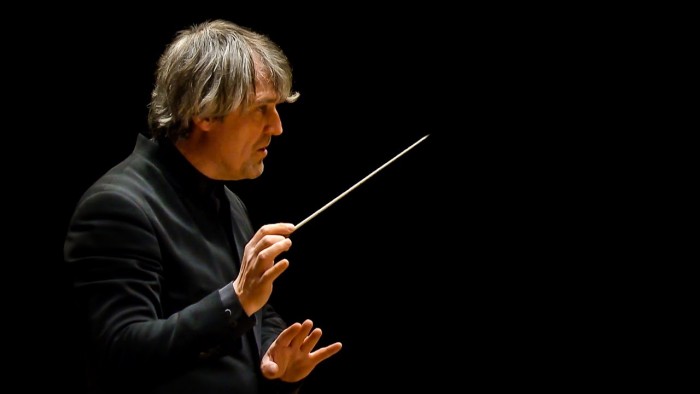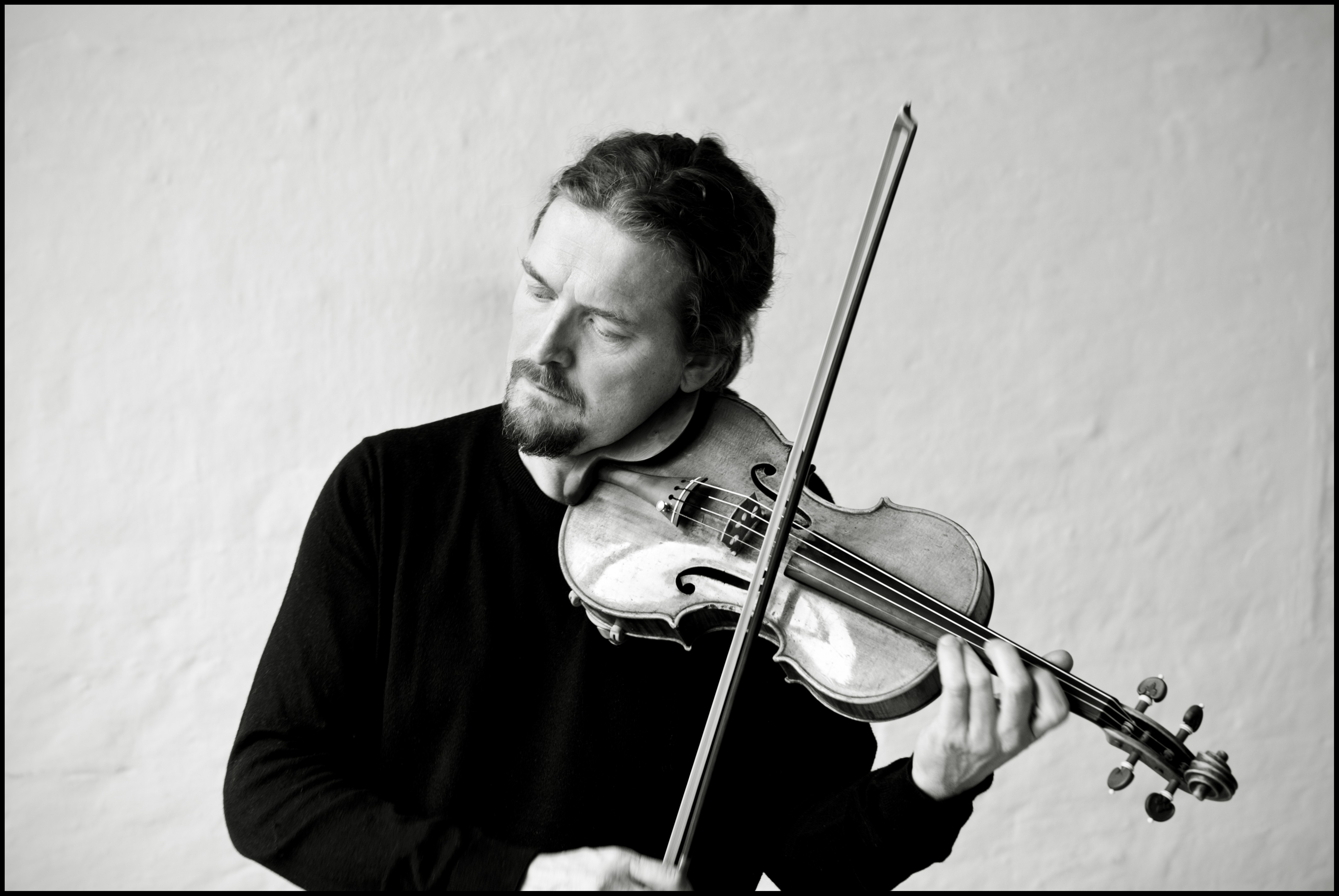Cleveland Orchestra
Franz Welser-Möst, conductor
Mandel Concert Hall
Severance Music Center
Cleveland, OH
January 18, 2024
Prokofiev: Symphony No. 2 in D minor, Op. 40
Webern: Symphony, Op. 21
Prokofiev: Symphony No. 5 in B-flat major, Op. 100
Franz Welser-Möst is back in Cleveland to start the year off with two weeks of subscription concerts before taking the orchestra on tour to Carnegie Hall and Miami. The conductor seemed in robust form, his first local appearance since undergoing cancer treatment, as well as official confirmation that he will be stepping down as music director in 2027, following a remarkable quarter century in that capacity.

Thursday’s program offered three works all bearing the title “symphony” and composed within the span of two decades, but each vastly different conceptions of the form. The evening was bookended by Prokofiev, beginning with the rarely-heard Second Symphony. The conductor has turned ample attention to Prokofiev in recent seasons, including traversals of the lesser-known symphonies, albeit with mixed results when the work is more curiosity than masterpiece – though I found the Second to be much more convincing than the Third or Fourth. It’s also worth nothing that the Second was last intended to be performed in March 2020, only to be the first of months of Covid cancellations.
The work opened blistering and uncompromising, in mechanistic fury – in the composer’s own words, music of “iron and steel.” A product of the 1920s, it embraced a celebration of industry that also gave inspiration to Varèse, Antheil, and Honegger, as well as Prokofiev’s own Scythian Suite. Rhythmic pulsating continued unabated with the industriousness of an assembly line, and Welser-Möst managed to find clarity amongst the busy textures. The work’s unusual structure has been compared to that of Beethoven’s final piano sonata: a stormy sonata-form opening movement, followed by an expansive set of variations. A flowing oboe melody (Frank Rosenwein) carved out the theme, a somber turn inward. Animated transformations of the theme followed, while the fourth variation served as the work’s only extended slow passage. The manic and frenetic came back in due course, and strikingly, the theme returned at the end in its unadulterated form, with hauntingly orchestrated final chords shrouded in mystery.
Anton Webern’s sole symphony follows a similar two movement form, but couldn’t be more different. The orchestra was reduced to modest, classically-sized proportions, and barren, almost emaciated textures. Conductor and orchestra gave the coloristic score a nuanced, exacting reading, with the composer’s distinctive Klangfarbenmelodie technique yielding a protean ebb and flow as gestures were passed throughout the ensemble.
Prokofiev’s masterpiece in the form, the Fifth, closed the program (which like the Second, has also been recently recorded by these forces). The orchestra again swelled to the brim of the stage, and articulated a broad opening statement in which one felt the voice of a man with newfound energy and confidence. Welser-Möst emphasized the grand sweep of the movement, pointing towards a triumphant, blazing finale. The Allegro marcato had mechanistic echoes of the earlier symphony, highlighted by the shrill clarinet of Afendi Yusuf as well as prominent piano. With its militant snares, this is to my ears the closest Prokofiev came to sounding like his Soviet compatriot Shostakovich.
The brooding triple meter of the Adagio wouldn’t have sounded out of place in Romeo and Juliet which dates from a similar time, while the angular main melody of the finale had a distinctly Soviet feel. Welser-Möst was keen not to hit the listeners all at once by way of a slow, carefully-judged buildup in potency, leading to the pile-driving intensity of the work’s final statement. This weekend’s Carnegie Hall audiences certainly have an invigorating listen in store.



